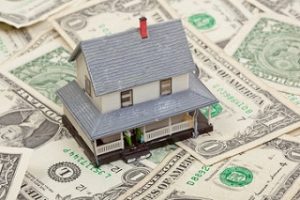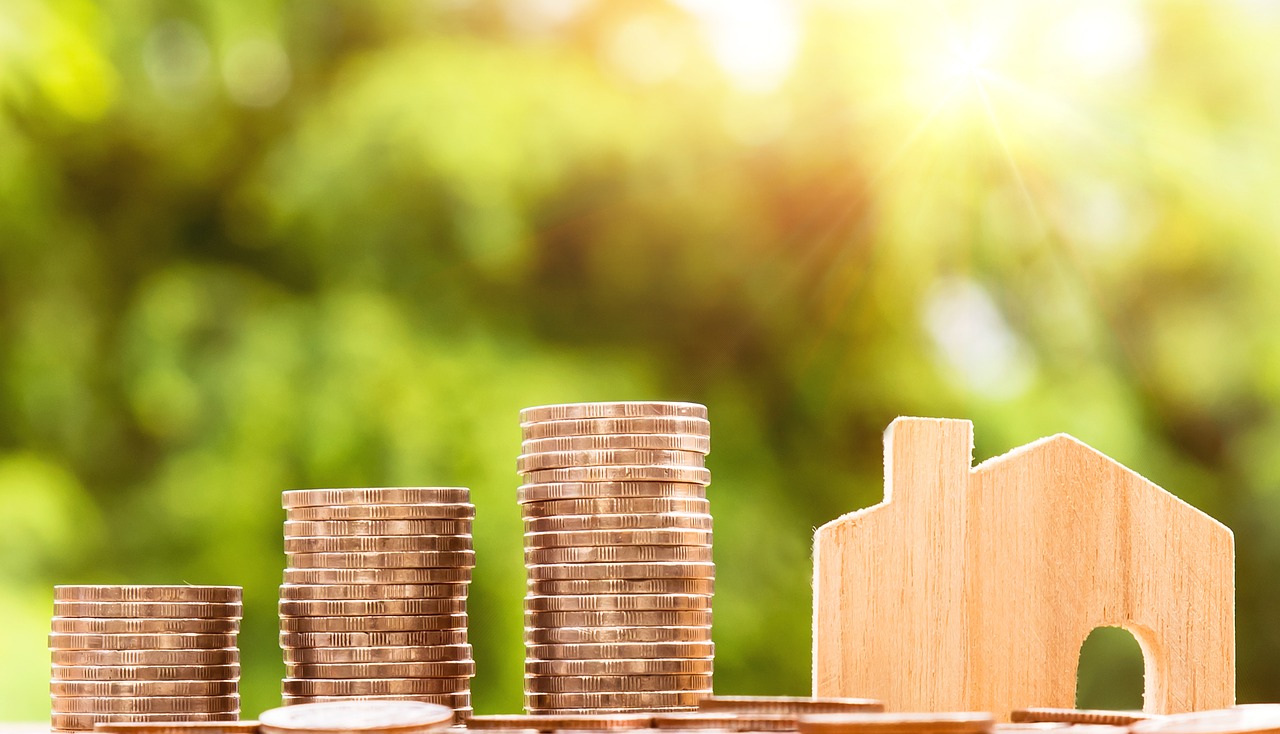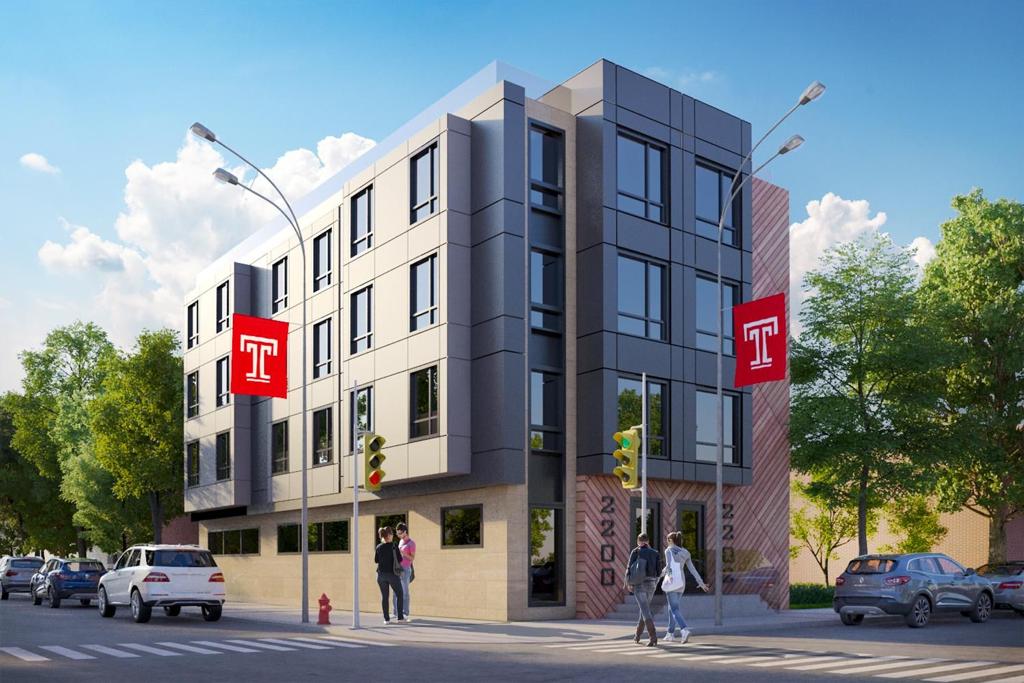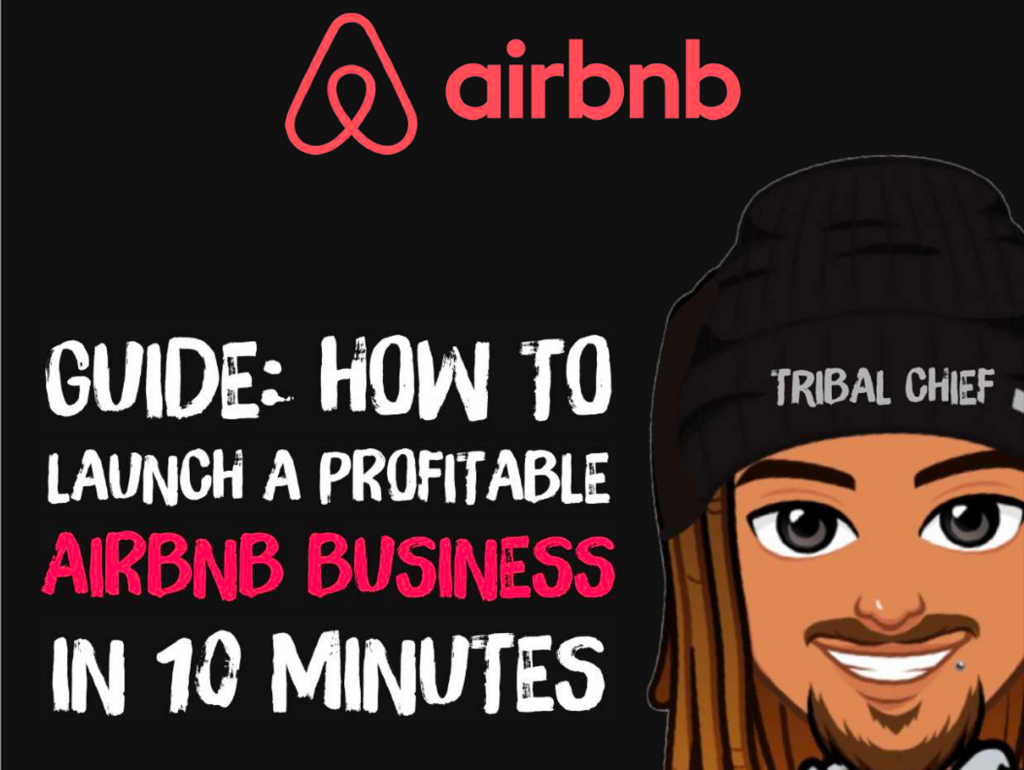So, you’ve finally decided to purchase a home. After years of contemplating if you should buy or rent, then saving, building your credit etc, it’s now time to dive in and get it.
Purchasing a home is exciting. After years of dreaming, you’re finally getting a place that you can call your own.
It’s really easy to get caught up in the excitement making you forget to ask one crucial question – how much “home” can you really afford?
…and, once you decide how much you can afford, you should stick to it. It’s all too easy to decide on a price, then find the home of your dreams is only $25,000 more. Then you start thinking, “we can make this work…” But, can you really?
According to statistics, the median monthly mortgage payment for homeowners in the U.S. is $1,030. That’s a lot of money.
While you may love the fabulous kitchen or huge backyard one house offers – if you can’t pay the mortgage every month or get the cash to fix what’s broken, your home’s never going to be a blessing.

The good news is, determining how much ‘house’ you can afford isn’t rocket science. You can use the four tips here and utilize online tools to help you figure things out.
Build a Solid Foundation
There are countless people who have gone broke by buying a house simply because they believe it’s the “grown-up” thing to do. However, life events such as having a baby or getting married aren’t reasons to buy a house.
The time will be right when the money is right. Before trying to figure out how much house you can afford, be sure you are financially ready to purchase a home.
To do this, ask yourself the following questions:
- Are you debt free and have an emergency fund of three to six months put back
- Do you have enough cash to cover moving expenses and closing costs?
- Can you afford a 15-year-fixed-rate mortgage?
- Can you make a 10 to 20 percent down payment?
- Do you have enough money to set aside each month into passive investments above and beyond your mortgage?
If you answered “no” to any of the questions above, it may not be the right time to purchase a home. Wait until you have a better financial foundation.
If you are currently financially stable, then move on to the next tip.
Maximize Your Down Payment
One of the biggest costs in a new mortgage is PMI or MIP. Both of these are different ways of saying that you need to pay an extra fee every month because you didn’t put enough down.
If you can get to 20% or more, then you won’t have to pay mortgage insurance for the lender. This can save you hundreds of dollars per month.
When buying a home, remember – the more money you can put down, the better. Higher down payments mean lower mortgage payments every month and the ability to pay your home off faster.
While the best option is to pay 100 percent of the home cost in cash, this isn’t viable for most. If this is the case, then try to put down at least 20 percent. By doing this, you can avoid paying for private mortgage insurance.

Calculate the Costs
All you need to do to figure out what you can afford when it comes to buying a home is to crunch a few numbers. If you need help with this, consider using a mortgage calculator with down payment, which will help you figure things out.
If you want to do things manually, consider the following:
- Add up all the income you bring in every month. If you bring home $2,000 per month, and your spouse makes $3,000, then your total monthly take-home pay is $5,000.
- Multiply your total monthly take-home pay by 25 percent to determine your maximum mortgage payment.If you are bringing home $5,000 per month, then it means that your mortgage payment should not be over $1,250 each month, including insurance and taxes.
Remember, your bank or lender will tell you that you can afford WAY more than that. In fact, some loans allow you to get to 40% or even 50% of your income going toward loans. While they may allow it, it isn’t financially smart to borrow every dollar you can afford.
Don’t Forget About Maintenance and Capital Expenditures
When comparing if you should rent or buy, most people look at the total rent, compare it to the mortgage, and say it’s better to buy a house.
What you are forgetting is that rent includes all the maintenance costs in a home whereas a mortgage does not.
As a general rule of thumb, it’s good to plan on spending around 1% – 2% of the total home value every year in maintenance and CapEx.
Major capital expenses are things like a roof or HVAC that last for several years. Even though you might have 10 years left on your roof, you should start saving for it now, along with the dozens of other major items that will not last forever.
So, if your home is $200,000, you should think about adding another $2,000-$4,000 per year in maintenance and capex. You definitely won’t be spending this much every year, but what you don’t spend now will be spent in a year or two when you have to replace a $12,000 roof, replace a garage door, etc.
If you have higher end appliances and fixtures, you should be more toward the 2% whereas standard grade homes can be closer to the 1% mark.
Conclusion
When you know your numbers, you will be able to shop for a mortgage and a home with confidence. Trying to determine what you can afford without considering the tips here may leave you with a home that’s going to cause you financial hardship in the future.
Remember, buying a home is not an investment, it is an emotional decision. Once you recognize that, you can begin to take it seriously and make decisions based on actual facts, rather than be driven entirely by your desires. If you base everything on the emotions involved with buying a home, you’ll dive right into a mortgage that you can’t really afford.
This article originally appeared on IdealREI. Follow them on Facebook, Instagram and Twitter.













You must be logged in to post a comment Login